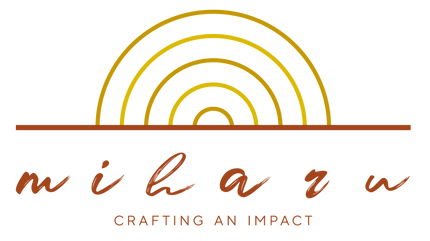“If an image has to be made, it must be made of wax first”
Vishnusamhita, 5th century AD.

It is a fact that all our art forms took different shapes and forms to serve the local needs and offer traditional value to their respective communities. In ancient Bengal, Dhokra played a vital role in everyday life. Some instances are given below:
✨ Gods and Rituals: Dhokra figurines of deities were likely used in religious ceremonies and traditions. Made from brass, a metal considered auspicious, these figures would have added significance to rituals.
✨ Everyday Tools: Dhokra bowls weren't just decorative; they were practical. They might have been used as measuring cups by farmers selling their produce, ensuring fair trade.
✨Blessing the Land: Dhokra figures could have been used as traditional offerings during Bhoomi pujan, a ceremony as per hindu philosophy to bless the new farmland or building a new home. The golden hue of the Laxmi idol made in Dhokra, symbolizing prosperity, could have resonated with the hopes for a golden bountiful harvest.

These are just a few examples, but they highlight how deeply ingrained Dhokra craft was in the social fabric of ancient Bengal. Dhokra wasn't just art; it was a lifestyle woven into religious practices, trade, and agricultural traditions.

Today, Bikna and villages around the area continue to be a living testament to this legacy. A place where creativity flows freely, and the essence of Dhokra transcends generations, carried forward not by formal teaching, but by the very way of life.

There are many stories around the origins of crafts!
Do you have any interesting stories about Dhokra? Do share with us!
Craft Village The Crafts Council of India A Hundred Hands Prof. Somesh Singh Dastkar AIACA

